Is It Ripe Yet? How to Tell When to Harvest These 5 Fruits
Sometimes it's easy to tell when a fruit is ripe (a tomato turns red), but other times it 's tougher (watermelon). Here are helpful harvesting hints for 6 common fruits.
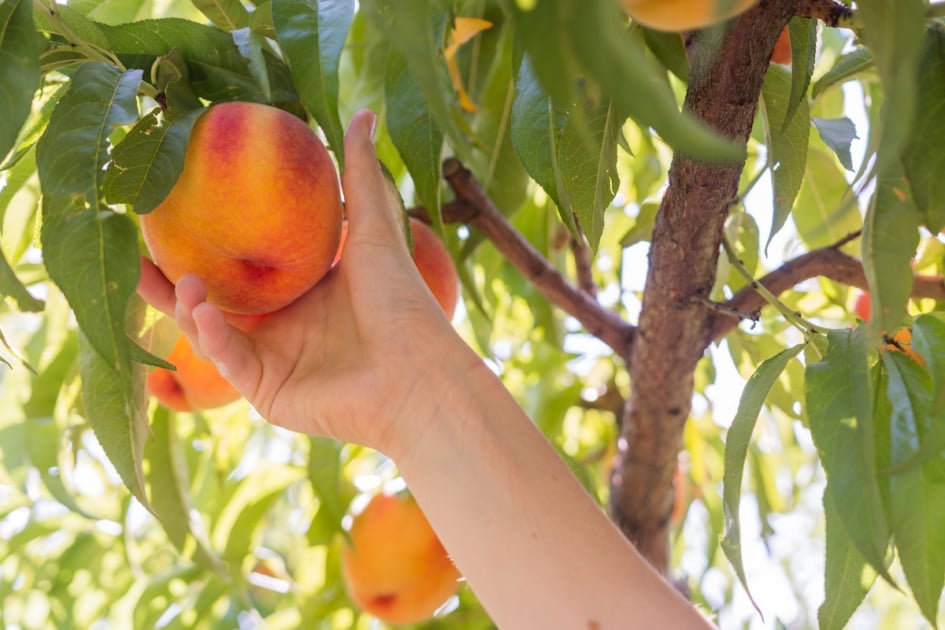
Sometimes, you can look at fruits and vegetables and tell exactly when they’re ripe. Tomatoes, for instance, turn red when they are ripe, and broccoli is best picked before the florets start to bloom. For other things, however, it’s not so easy. Here’s a list of fruits and when to harvest:
1. Cantaloupes
These melons don’t change color, or at least, the color doesn’t change that much as it ripens. Unripe cantaloupes will have a slightly green tint to them, but it is often easier to tell a ripe cantaloupe from an unripe one by sniffing the melon. If it smells slightly sweet, it should be ripe, but if the sweet smell is strong, then it is probably over-ripe. Another way to tell, if you have several cantaloupes to compare, is by hefting them. A ripe cantaloupe will be heavier than a non-ripe one.
2. Watermelons
Watermelons can be tricky, but there are a few good ways to tell whether or not a watermelon is ready to be harvested. First, knock on the melon with your knuckles. If it is ripe, the melon should make a hollow sound. Also, look for the side of the melon that rested on the ground as it grew. Ripe melons should have a yellow spot, while melons that aren’t quite ripe (and thus haven’t spent as much time maturing on the vine) will have a white spot or no spot at all where the melon sat on the ground.
3. Pumpkins
Most pumpkins go from a greenish-yellow color to orange as they mature, but just because a pumpkin is fully orange doesn’t mean that it is ready to be harvested! Like watermelons, a ripe pumpkin should make a hollow sound when you tap it with your knuckles. The best way to tell if a pumpkin is ripe, however, is to wait for its vine to wither and turn brown. Once the pumpkin’s stem is dried out, you’re free to harvest.
4. Peaches
How do you know when to pick your peaches? There are a lot of confusing and conflicting rules of thumb. The real way to tell if a peach is ripe is to look at the color. A ripe peach will have no hint of green around the stem, the side of the peach that faces the Sun should be a dusky red, and the side of the peach that faces away from the Sun will be yellow with just a hint of orange.
5. Pears
Pears are particularly confusing. You can’t tell by feel, since ripe pears are just as hard as immature pears, and most pears don’t change color with age. To tell if pears are ripe, give the stem a little nudge. If the stem is firmly stuck to the pear, then it isn’t ripe. You can also tell by smell – ripe pears will give off just a hint of pear scent, while over-ripe pears will have a strong pear scent.
6. Apples
Apples are easy right? They’re ripe when they turn red! But what if you’re picking green apples? Or more confusingly, what if you are picking Macintosh or Gala apples? Both of these popular varieties look a lot like half-ripe apples since they are green and red when ripe. If you are picking your own apples, then the best way to tell is by checking for apples that have fallen from the tree. If you see a few scattered under the tree, most of the apples on the tree are likely to be ripe. You can also tell by picking the apples — if they separate from the tree easily, then they are ripe, but if you have to twist and yank to get the apple, it should stay on the tree a while longer.
Do you have any other tips for checking the ripeness of fruits or vegetables? Let us know in the comment section!

Amber Kanuckel
Amber Kanuckel is a freelance writer from rural Ohio who loves all things outdoors. She specializes in home, garden, environmental, and green living topics.

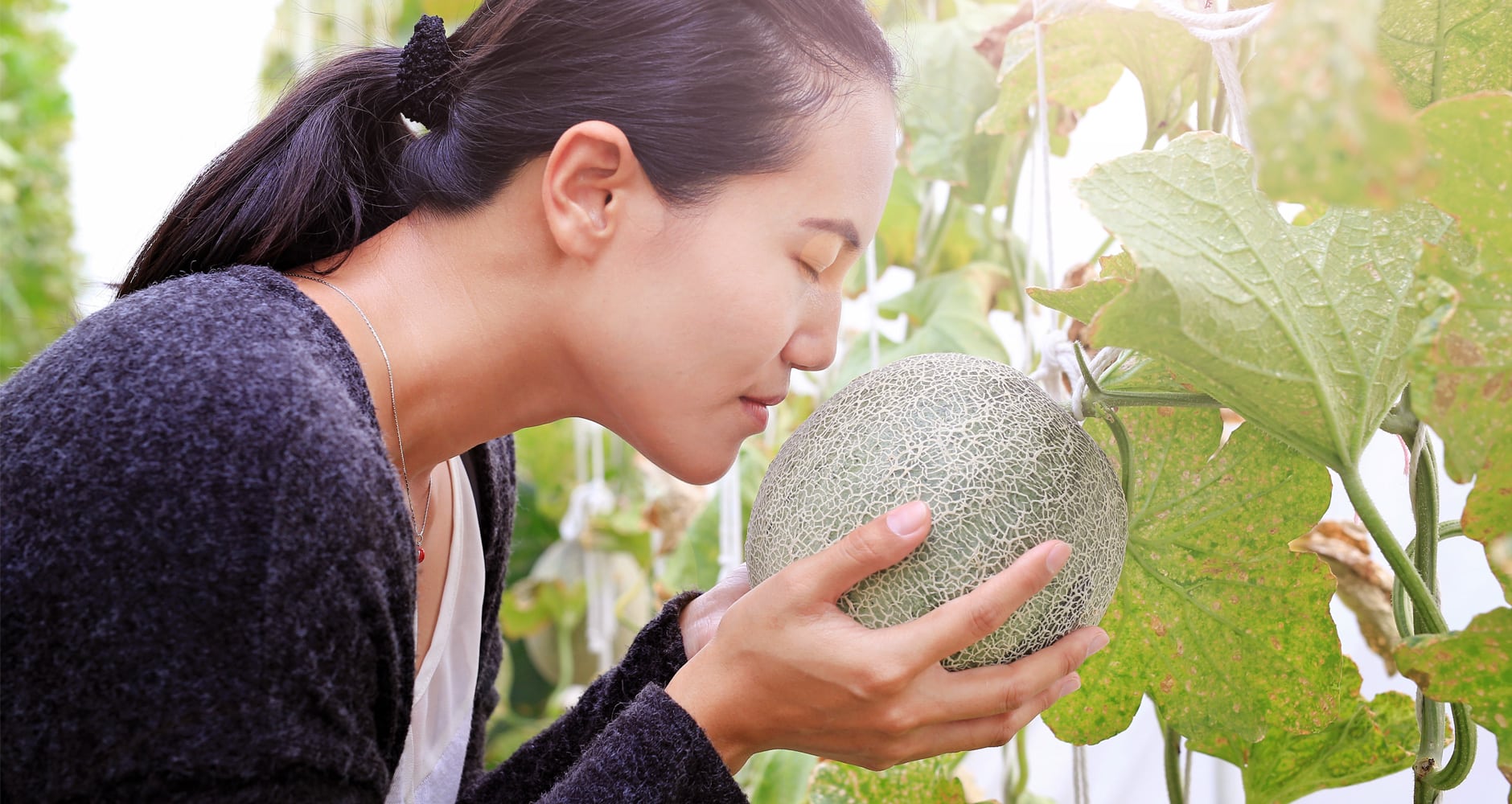
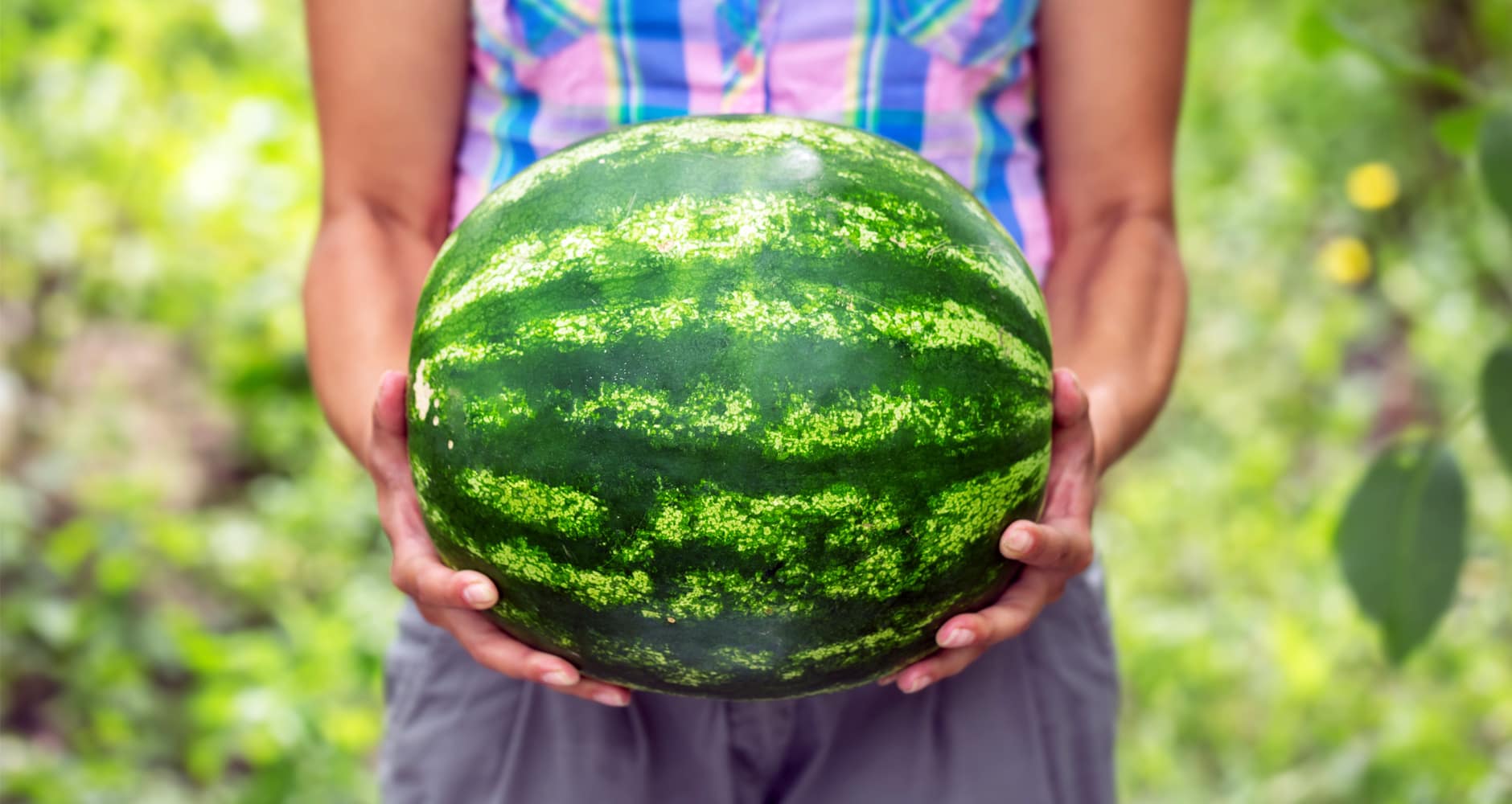
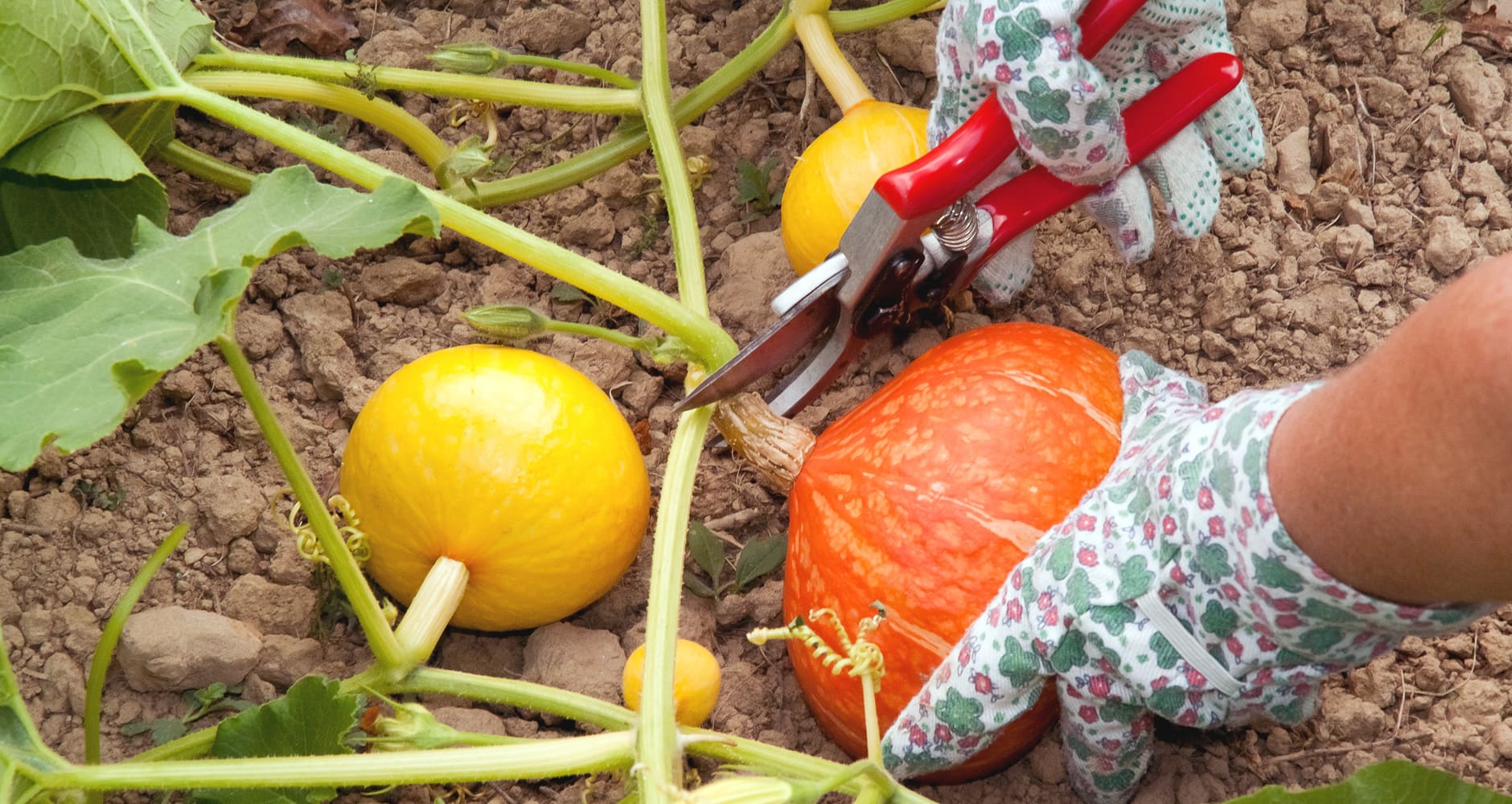
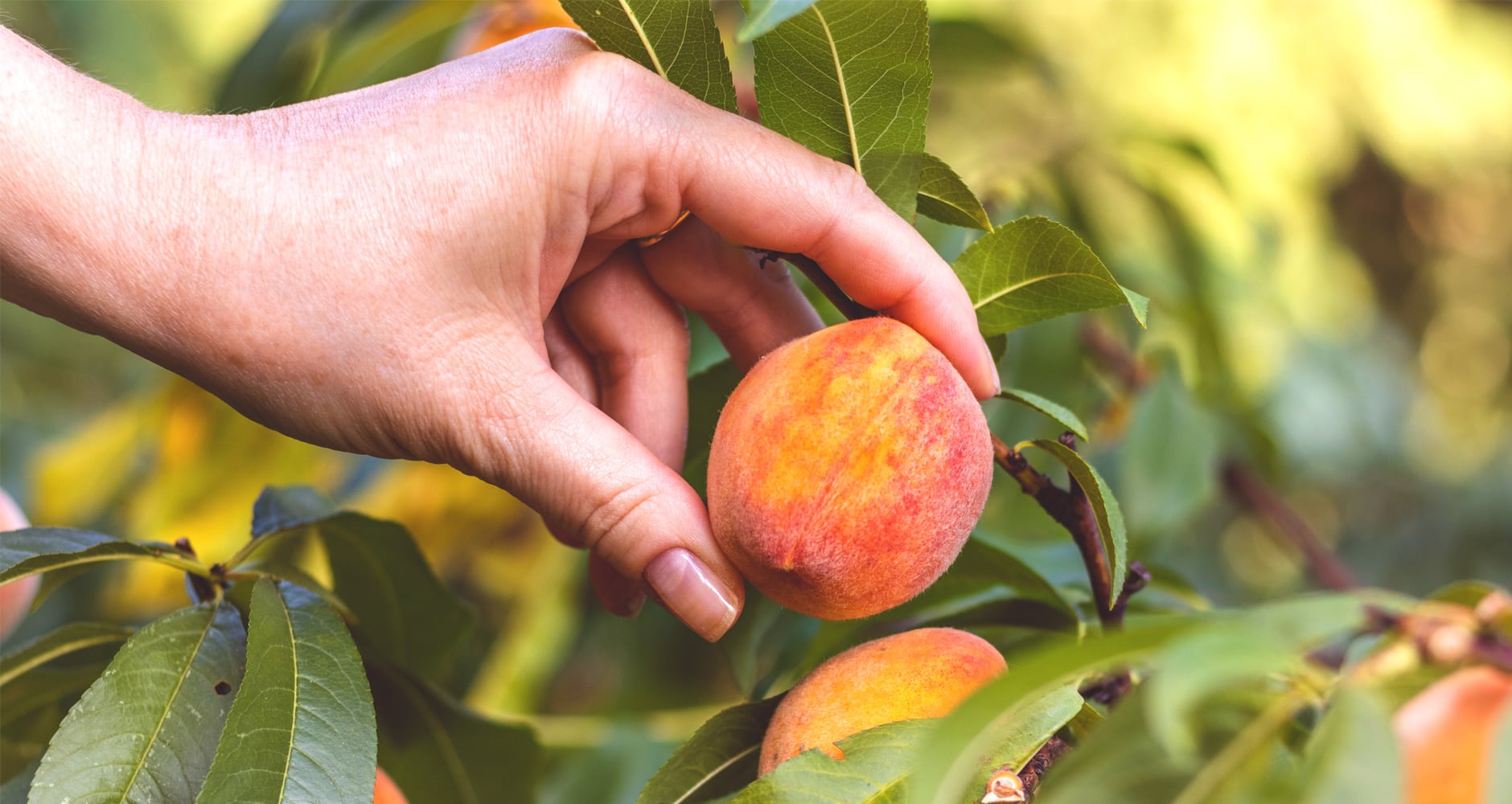
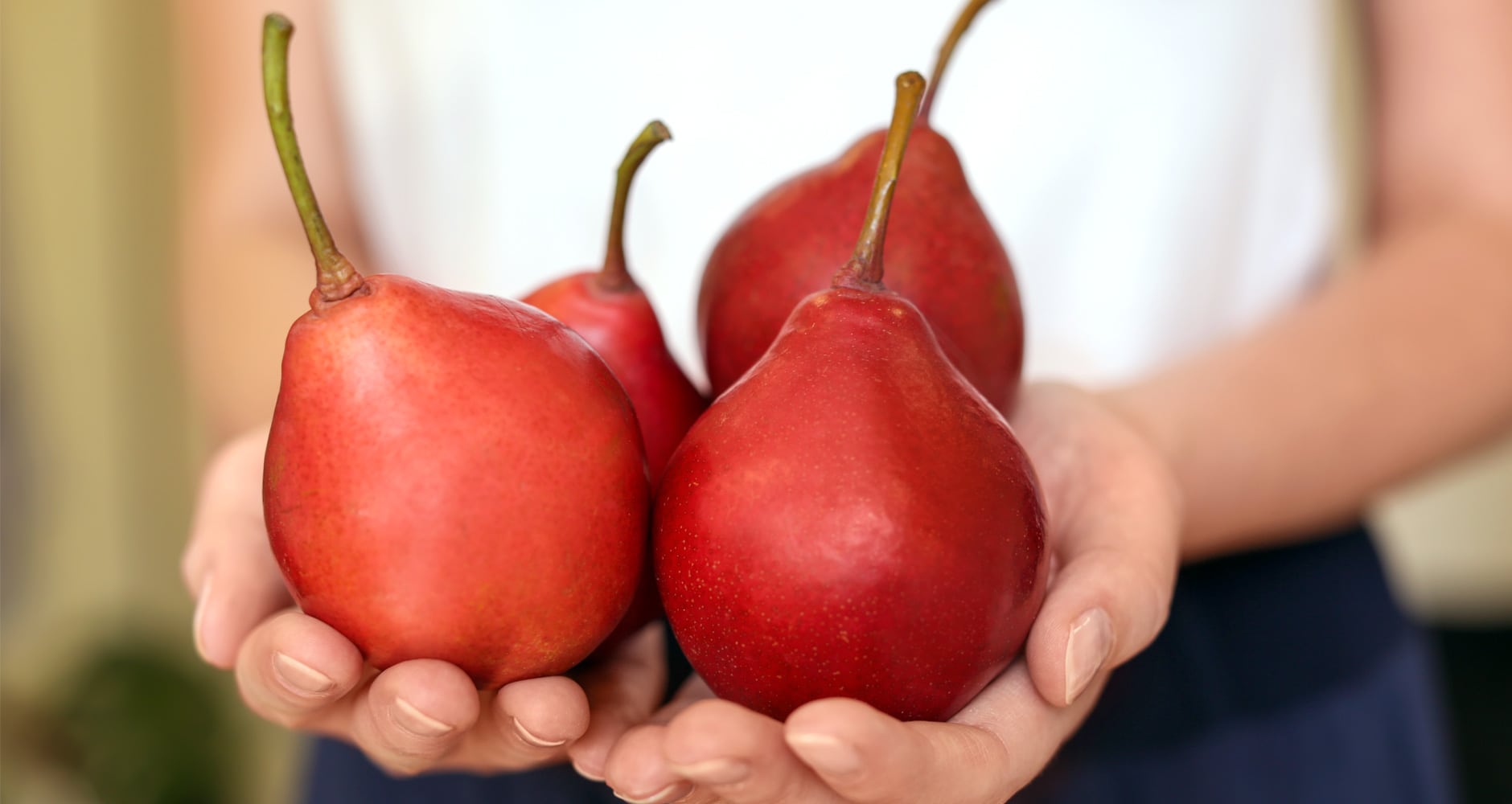
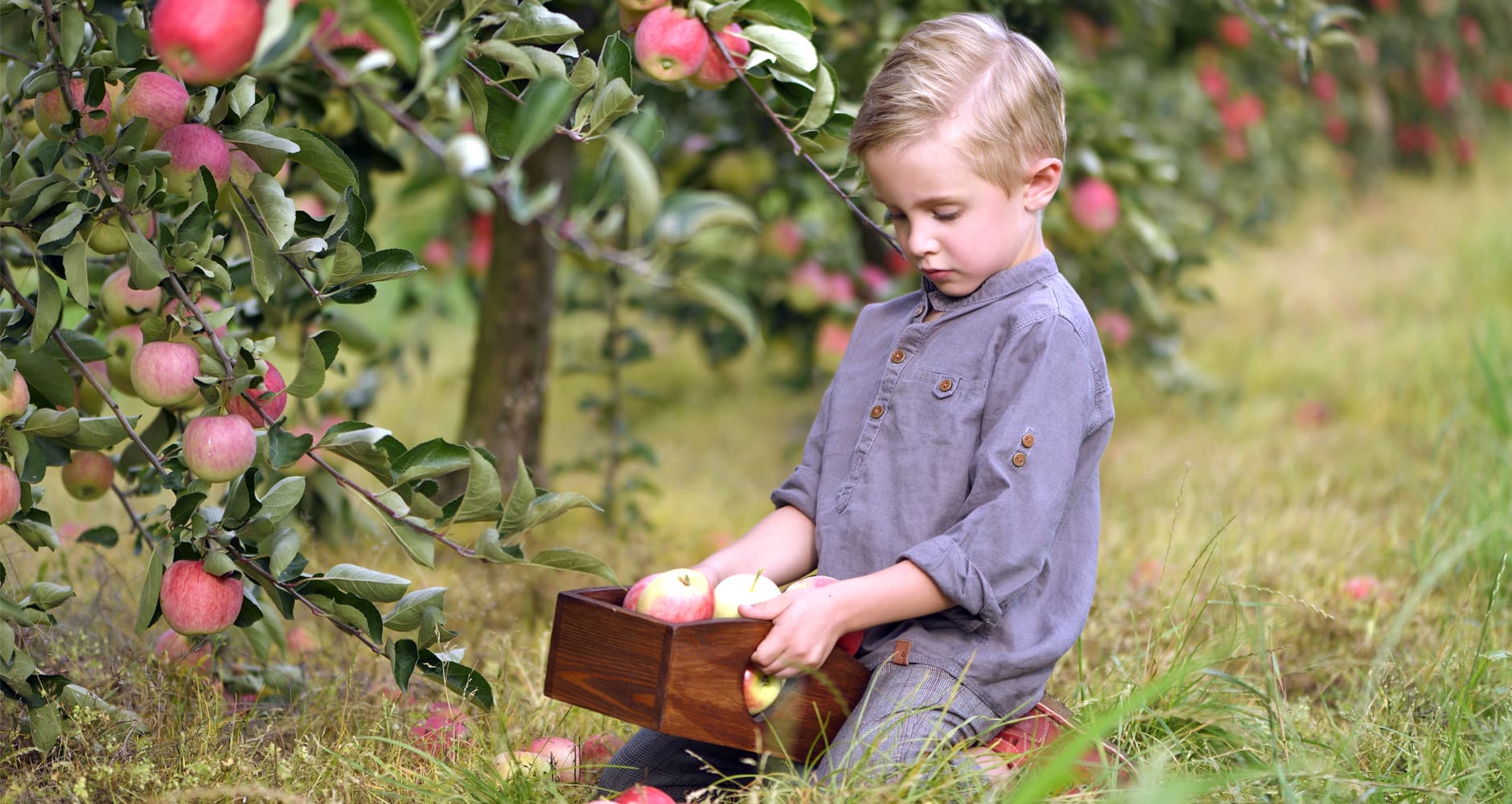

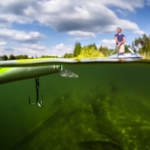

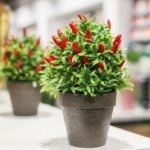

how do you tell when it’s time to pick cucumbers?
Hi Rhonda: Harvest cucumbers when they have grown to a good size and the skin is firm and glossy. Don’t wait too long. Larger cucumbers can be bitter.
How do i tell when to harvest spaghetti squash?
Hi Vickie Hefner, We recommend following the same guidelines as pumpkins, but they’re usually ready for harvesting in late summer or early fall, approximately 40-50 days after the appearance of the blooms.
Hi Debby, if you look below in the comments, we have responded to another question about pineapple — “We checked around and discovered that you should harvest your pineapple during the late mature green stage, when the fruit has reached full size and maturity but has not turned yellow, and then allow the harvested fruit to ripen off the plant at room temperature. “Ripeness can also be determined by snapping your finger against the side of the fruit. Ripened pineapples produce a dull, solid sound when you do this, but immature fruit produce a hollow thud.”
Any tips for pineapples?
Cantaloupe are ripe when the stem easily snaps off. Native persimmons are ripe when they fall off the tree. Personal experience has been my teacher. 😉
I was told when checking for the ripeness of a pineapple, do a little tug on the top center 2-3 leaves. If they pull out with little resistance, the pineapple is ripe. If the leaves don’t seem to want to budge yet, give it a few days. I only tried this once, years ago, & it worked!
when you cut the apple if the seeds are white it is not ripe, if the seeds are brown its ripe
Great tips,especially for pears! But it made me wonder- how is grocery store fruit so even in color? Watermelons rarely have a light spot from resting on the ground, and peaches rarely have a distinctly paler side.
Margo- we had an Italian prune tree when I was a kid. I miss that tree so much! When my sister and I were little we didn’t care so much if the fruit was ripe or not, but from what I remember the properly ripe fruit is very indigo or blue with purplish streaks, and definitely no traces of green left. It should be a little soft if you squeeze it. Watch out for bees, they love prunes!
Hi Cassidy, Many growers have figured out how to avoid blemishes, dark spots, and even out colors. But sadly, a lot of commercially grown produce is discarded if it doesn’t look perfect for consumers. Many of us don’t mind a few bumps and scrapes. It’s an interesting topic in general.
Hi Sheila: We checked around and discovered that you should harvest your pineapple during the late mature green stage, when the fruit has reached full size and maturity but has not turned yellow, and then allow the harvested fruit to ripen off the plant at room temperature. “Ripeness can also be determined by snapping your finger against the side of the fruit. Ripened pineapples produce a dull, solid sound when you do this, but immature fruit produce a hollow thud.”
We have Italian prune plums, a lot have fallen but not ready as they are very hard; when ready to be picked.
Thank you!
When the flocks of doves fly up out of the fig bushes and pear tree, better start picking to get your share!
I’m looking for that answer myself.
Thanks,Howard